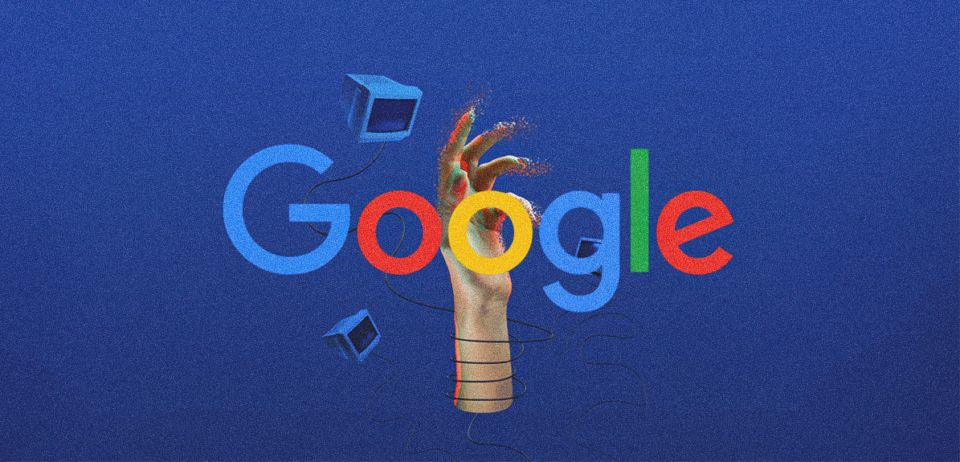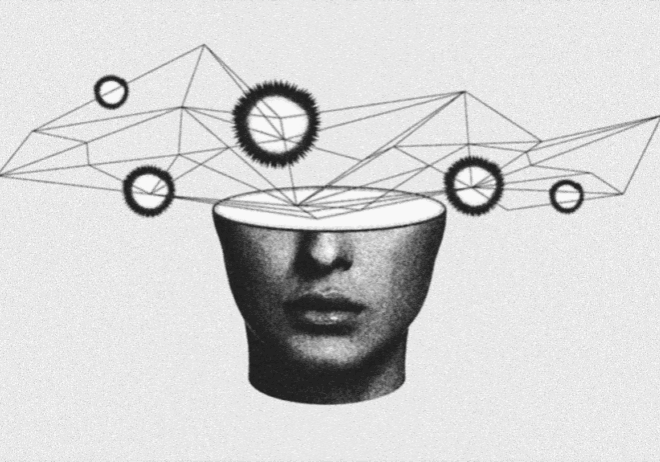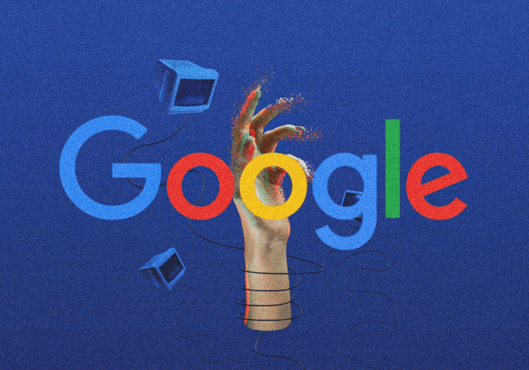
AI Just Took Over Google Ads – Here’s What You Need to Know
Exciting news for marketers—Google Ads is getting a game-changing AI-powered makeover in 2025. And no, this isn’t just another minor tweak or an update that shifts ad placements. This is a full-scale transformation that will redefine how digital advertising works. AI is no longer just a behind-the-scenes assistant—it’s stepping into the spotlight as the driving force behind campaign creation, audience targeting, and performance optimization.
Google’s AI is essentially taking over as the new marketing boss, handling everything from automated ad copy and image generation to deciding who sees what, when, and on which platform. This means advertisers no longer need to spend hours manually optimizing their campaigns—AI will do it in real time, ensuring maximum efficiency and impact.
The future of Google Ads is smarter, faster, and way more automated. So, if you want your brand to actually show up where it matters, keep reading. We’re about to break down everything you need to know about Google Ads’ AI glow-up and how to win in this new ad era.
Let’s talk about the match made for future —AI + Google Ads
Artificial Intelligence has been shaping Google Ads for years, but in 2025, it’s no longer just a helpful tool—it’s the backbone of digital advertising. AI is now responsible for automating ad creation, generating text, images, and even full video ads tailored to different audience segments. It also powers predictive bidding, adjusting bids in real-time based on user intent, competition, and browsing behavior.
But the biggest shift? Search itself is changing. With conversational search and AI-powered queries on the rise, traditional keyword-based advertising is losing its dominance. Google’s AI can now analyze vast amounts of behavioral data to predict which users are most likely to convert—before they even search.
For brands, this means AI-driven audience targeting, dynamic ad creatives, and human-AI collaboration will be the key to success. Businesses that integrate these AI-driven strategies will be better positioned for success in the evolving digital landscape.
So, what’s new in 2025 with Google Ads?
With AI-powered search experiences, predictive bidding, and fully automated ad generation, advertisers are entering a new era of intelligent marketing. Instead of endless manual adjustments, campaigns are now more data-driven, efficient, and tailored than ever. Here’s what’s new:
Smarter AI-Generated Ads: Gone are the days of manually testing multiple ad variations. Google’s AI can now generate and optimize ad creatives in real time. Simply input key details, and AI will create tailored versions of ad copy, images, and even video ads—helping marketers scale their campaigns with ease.
Beyond Keywords: Search Intent Takes Center Stage: With Google’s Search Generative Experience (SGE), users interact with search differently. Instead of typing “best running shoes,” they might ask, “What are the best running shoes for marathon training?” AI now prioritizes user intent over static keywords, meaning advertisers must shift toward long-tail, conversational queries.
Advanced Audience Insights: Google’s AI is getting better at understanding user behavior. Rather than targeting broad demographics, AI now analyzes browsing habits, purchase intent, and contextual data to deliver ads to the right users at the right time. This shift means marketers can rely on data-driven audience targeting rather than guesswork.
Predictive & Smart Bidding Becomes the Standard: Manual bidding is being replaced by AI-driven predictive bidding, which adjusts bids dynamically based on real-time data. Strategies like Target ROAS (Return on Ad Spend) and Maximize Conversions will play an even bigger role in optimizing ad performance.
AI-Enhanced Video & Visual Search Ads: With video content on the rise, AI-powered tools make it easier to create and optimize video ads. Plus, Google Lens and visual search are gaining momentum, giving brands new ways to reach consumers through AI-driven image-based ads.
How to stay safe in Google’s AI-Driven ad world?
As AI takes the reins in Google Ads, marketers must also consider the ethical implications and brand safety concerns that come with automation. With AI making real-time decisions on ad placements, there’s an increasing need for advertisers to ensure their content doesn’t appear alongside misinformation, harmful content, or low-quality sites.
Google’s AI is designed to optimize ad performance, but it doesn’t always align with brand values without human oversight. In 2025, expect more tools and settings that allow advertisers to fine-tune where and how their ads appear. AI-driven brand suitability controls and real-time content screening will help businesses maintain trust while leveraging automation for scale.
What’s next for Google Ads AI?
Google isn’t just stopping at smarter ads—it’s pushing the boundaries of interactivity and personalization. AI-powered chatbots and conversational ads will enable brands to engage users in real time, creating more dynamic ad experiences.
Meanwhile, the rise of voice search and AI assistants will force advertisers to rethink their approach, ensuring content is optimized for spoken queries. Expect hyper-personalized ads, deeper automation, and smarter targeting that boosts engagement and conversion rates.
The bottom line? Google’s AI is making ad campaigns faster, smarter, and more efficient. Advertisers who leverage these tools will spend less time on manual adjustments and more time on strategy.
Cut to the chase
Google Ads AI is setting the pace for rapid change in the advertising world. For marketers, this means staying ahead of the competition rather than merely keeping up. In this new era, you will succeed if you are prepared to embrace AI, optimize for intent-based search, and let automation do the intensive work.


